3 Pro Tips for a Stunning Fireplace Upgrade
Is your fireplace starting to get boring? Could it do with an upgrade to bring the excitement back and add some elegance in the process? Is the big problem simply that it’s not producing enough heat? If you answered yes to any of these questions, read on for some good news.
Upgrade the look of your hearth area
 There are many ways to beautify a hearth area.
There are many ways to beautify a hearth area.
Fireplace mantel installation: For many people, a fireplace just isn’t complete without a stately mantel on top of it. Use your new mantel for displaying photographs, vases, antiques, kids’ artwork, mirrors, clocks – you name it.
Add a fireplace surround: The entire wall area around your fireplace can be transformed with a custom-built or factory-made fireplace surround. Choose from many beautiful materials including stone, brick, granite, wood and more.
Install glass fireplace doors: A new set of lovely glass fireplace doors will add eye-appeal to your hearth area all year long. Plus they provide a layer of protection for kids and pets after the fire dies down.
Add a set of fireplace tools: Tool sets can include a shovel, poker, brush, log-lifter and more, all displayed in a handsome stand. A decorative log holder is another idea to upgrade the look of your fireplace area.
Upgrade your level of heat
If your fireplace upgrade plans center more around getting extra heat out of your fireplace than enhancing its appearance, consider the advantages of a fireplace insert.
With an insert, you don’t have to construct anything, because the unit fits right into your existing masonry fireplace’s firebox. Inserts are made for both wood and gas fuel, and they deliver high levels of safe, useable heat.
Heat-efficiency ratings for fireplace inserts typically range from 70% up to 85% and even higher. This rating tells you how much of the total heat the appliance produces will be available as heat within your home.
By comparison, your current masonry fireplace may not be rated any higher than 20%, and even that may be a stretch. Masonry fireplaces, while they look awesome, aren’t known as high heat producers. A gas or wood insert will not only give you the heat you want but will add significant beauty to your hearth area as you choose among the many finishes, colors, design styles and options available.
Upgrade your masonry fireplace’s performance
 If you love your masonry fireplace, then give it the TLC it needs to operate safely and at peak performance. Start by scheduling an annual visit from a certified chimney sweep to remove flammable creosote and drafting obstructions from your flue. Then bring in a professional chimney inspector to evaluate the condition of your chimney and fireplace and recommend (and perform) any needed repairs. A chimney in good shape will allow the fireplace to work so much more efficiently and safely. As you can see, there’s no reason you have to keep living with a dull hearth area or an underperforming, unsafe fireplace.
If you love your masonry fireplace, then give it the TLC it needs to operate safely and at peak performance. Start by scheduling an annual visit from a certified chimney sweep to remove flammable creosote and drafting obstructions from your flue. Then bring in a professional chimney inspector to evaluate the condition of your chimney and fireplace and recommend (and perform) any needed repairs. A chimney in good shape will allow the fireplace to work so much more efficiently and safely. As you can see, there’s no reason you have to keep living with a dull hearth area or an underperforming, unsafe fireplace.
High’s Chimney Service of Gaithersburg, MD, is ready to help with all your desired fireplace upgrades from appliance and mantel installation to complete inspection and chimney cleaning work. Call the trusted experts in the DC area today at (301) 519-3500.
The post 3 Pro Tips for a Stunning Fireplace Upgrade appeared first on Highs Chimney.
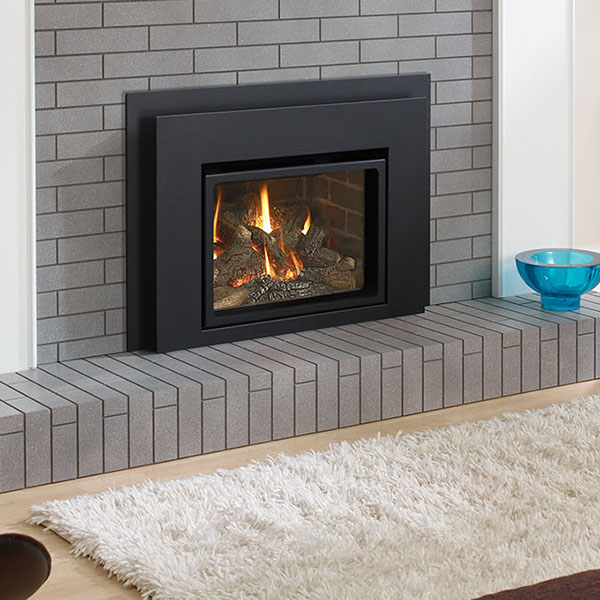 Many people shop for new fireplaces because they’re tired of trying to heat their homes with their existing masonry fireplace. If you really like your current fireplace, a
Many people shop for new fireplaces because they’re tired of trying to heat their homes with their existing masonry fireplace. If you really like your current fireplace, a 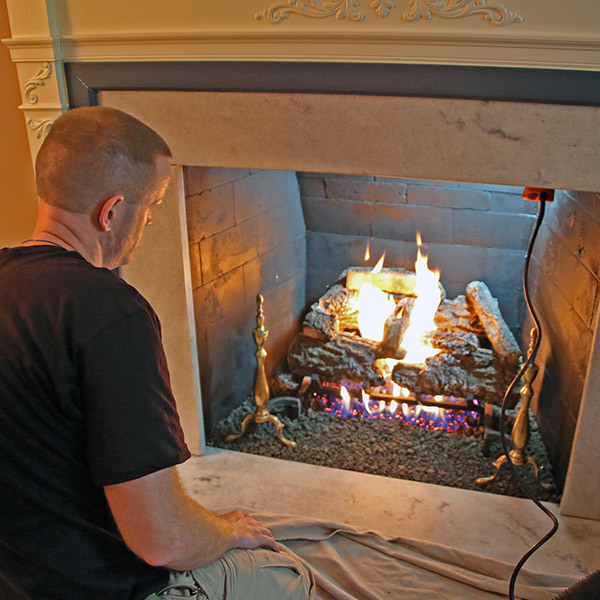 What’s the ideal fuel?
What’s the ideal fuel?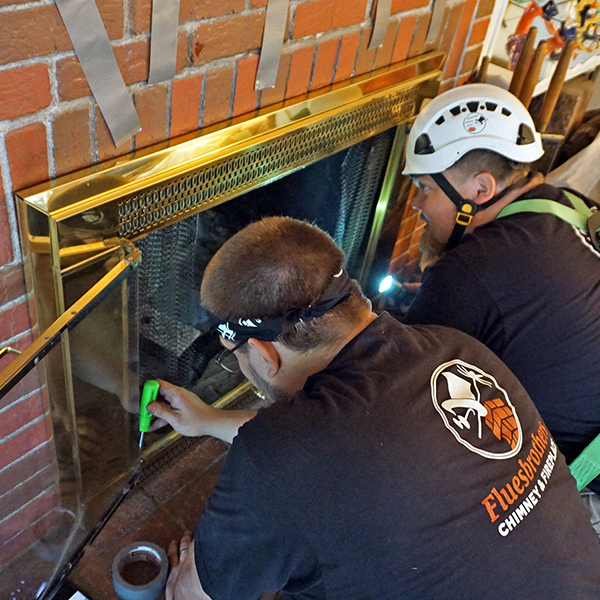 With fireplaces being among the most desirable feature home buyers want, home builders are now offering fireplaces as a standard or optional feature in many new homes. These fireplaces are generally built using builder-grade materials. Builder grade materials are considered medium quality, a step up from economy-grade, the lowest quality on the grading scale. It uses mass-produced, lesser quality materials designed to replicate a
With fireplaces being among the most desirable feature home buyers want, home builders are now offering fireplaces as a standard or optional feature in many new homes. These fireplaces are generally built using builder-grade materials. Builder grade materials are considered medium quality, a step up from economy-grade, the lowest quality on the grading scale. It uses mass-produced, lesser quality materials designed to replicate a 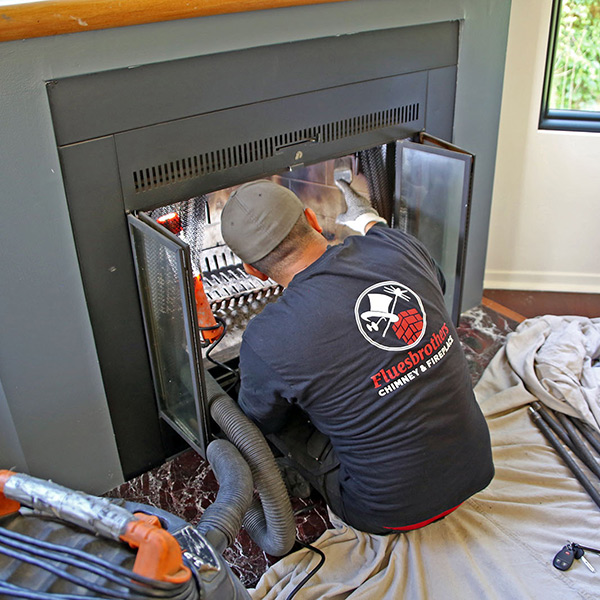 A higher quality fireplace
A higher quality fireplace

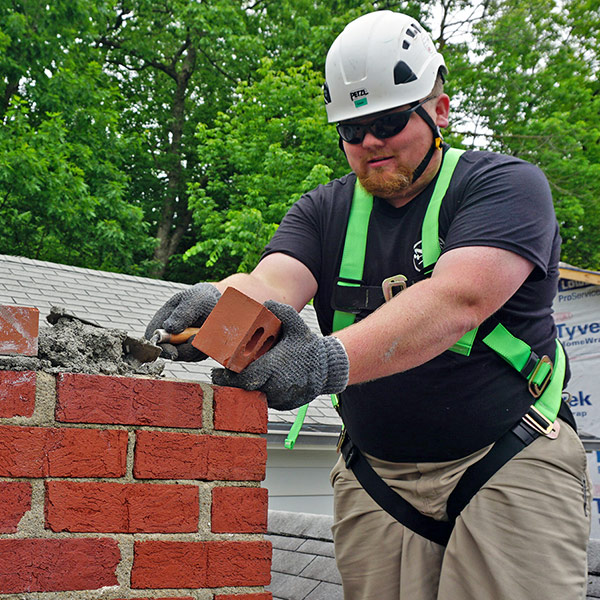 Old age: Like just about everything, chimney bricks and the mortar that connects them have lifespans. Older bricks are more likely to decay simply because of old age as well as due to the causes listed below.
Old age: Like just about everything, chimney bricks and the mortar that connects them have lifespans. Older bricks are more likely to decay simply because of old age as well as due to the causes listed below.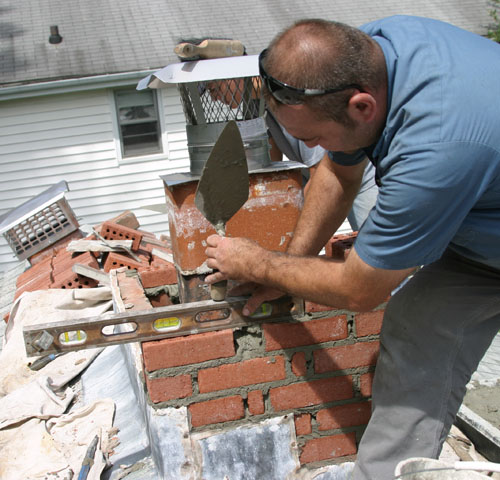 As dire as the results of ignoring spalling bricks can be, solving the problem usually isn’t difficult. The idea is to catch it early. This is accomplished by your own periodic inspections of the chimney’s exterior as well as
As dire as the results of ignoring spalling bricks can be, solving the problem usually isn’t difficult. The idea is to catch it early. This is accomplished by your own periodic inspections of the chimney’s exterior as well as  A properly fitted chimney cap
A properly fitted chimney cap Outside mount caps are custom-built
Outside mount caps are custom-built
 Water damage
Water damage
